10 Best Herbal Juices For Cramps
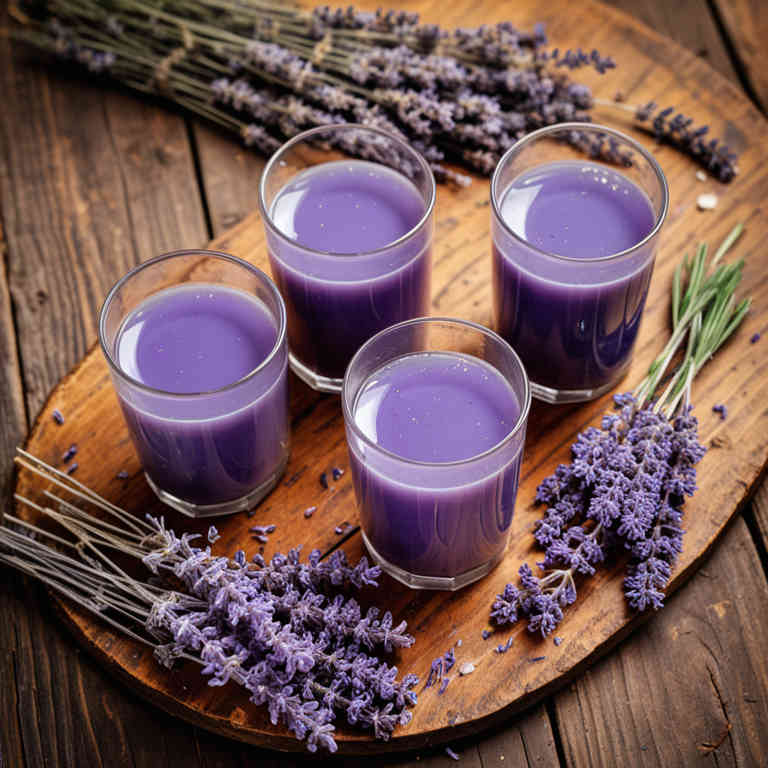
Herbal juices can be a natural and effective way to alleviate menstrual cramps by incorporating ingredients known for their anti-inflammatory and soothing properties.
Common herbs used in these juices include ginger, which helps reduce pain and nausea, and turmeric, which contains curcumin, a powerful anti-inflammatory compound. Peppermint and chamomile are also popular choices, as they can relax the muscles and ease discomfort. These juices are often preferred by individuals seeking holistic alternatives to over-the-counter pain medications.
When preparing herbal juices, it's important to use fresh, organic ingredients to maximize their benefits and ensure safety.
FREE Herb Drying Checklist
How to make sure every batch retains maximum flavor, color, and aroma without the risk of mold or over-drying. Eliminate guesswork and trial-and-error, making herb drying faster, easier, and more efficient every time.
Table of Contents
1. Curcuma longa

Curcuma longa, commonly known as turmeric, is a popular herbal remedy used to alleviate menstrual cramps due to its anti-inflammatory and analgesic properties.
The active compound in turmeric, curcumin, helps reduce inflammation and muscle spasms, making it beneficial for women experiencing painful cramps. Turmeric can be consumed as a herbal juice, often combined with other ingredients like ginger or black pepper to enhance absorption and effectiveness. This natural remedy is generally safe for most people but should be used in moderation and consulted with a healthcare provider if needed.
Overall, turmeric juice offers a gentle and effective alternative for managing cramps without the side effects of pharmaceutical medications.
2. Foeniculum vulgare
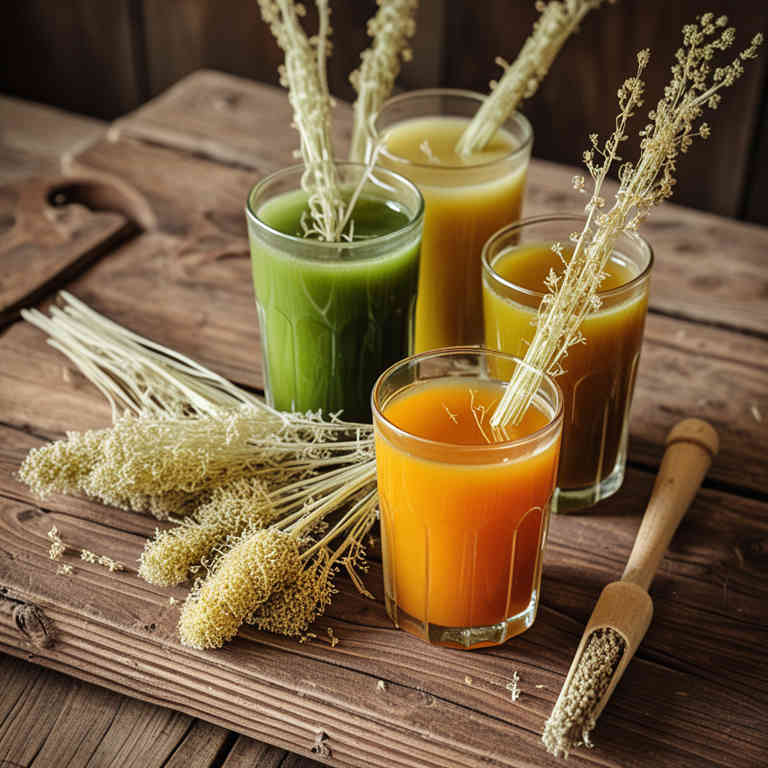
Foeniculum vulgare, commonly known as fennel, has been traditionally used to alleviate cramps due to its antispasmodic and carminative properties.
Fennel herbal juice, derived from the fresh or dried leaves and seeds of the plant, contains compounds like anethole and fenchone that help relax smooth muscle tissue, making it effective for menstrual cramps, digestive spasms, and gastrointestinal discomfort. This natural remedy is often consumed as a tea or diluted juice to avoid its strong flavor and potential irritation to the digestive tract. Its mild, licorice-like taste makes it a popular choice for those seeking a gentle, plant-based solution for cramp relief.
However, it is advisable to consult a healthcare provider before using fennel juice, especially during pregnancy or for individuals with existing health conditions.
3. Cuminum cyminum
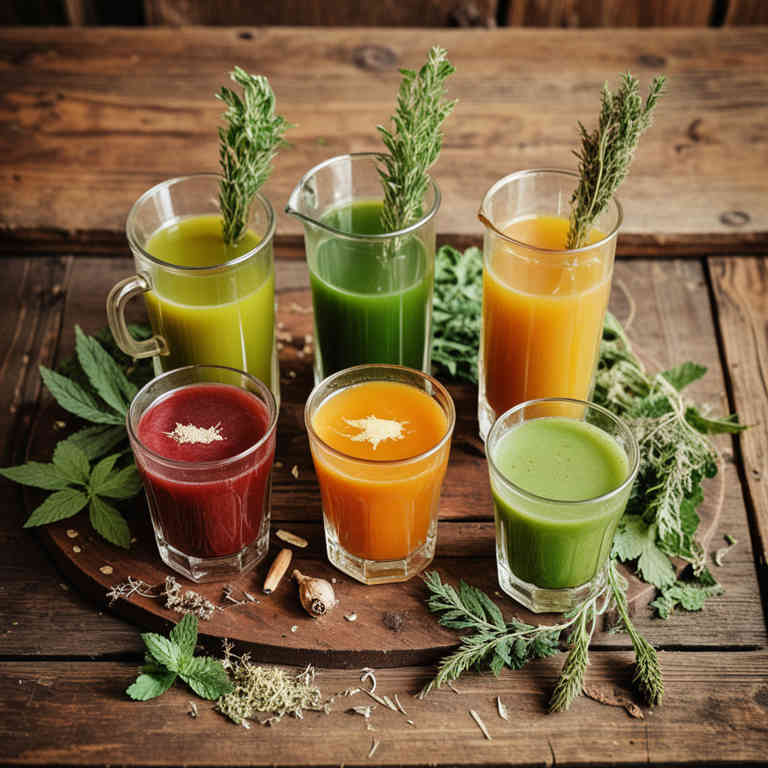
Cuminum cyminum, commonly known as cumin, is a widely used herb that has been traditionally valued for its digestive and anti-inflammatory properties.
When consumed as a herbal juice, cumin can help alleviate menstrual cramps by promoting uterine contractions and reducing bloating. The essential oils in cumin, such as limonene and cineole, possess mild analgesic and antispasmodic effects that may ease pain and discomfort. To prepare cumin juice, fresh cumin seeds are typically soaked, blended with water, and strained for consumption.
While it is generally considered safe, individuals with gastrointestinal issues should consult a healthcare provider before incorporating cumin juice into their routine.
4. Zingiber officinale

Zingiber officinale, commonly known as ginger, has been widely used for centuries to alleviate various health issues, including menstrual cramps.
Its active compounds, such as gingerol and shogaol, possess anti-inflammatory and analgesic properties that help reduce pain and inflammation associated with cramps. Ginger herbal juices are often recommended as a natural remedy due to their ability to improve blood circulation and relax uterine muscles. These juices can be easily prepared by juicing fresh ginger root and consuming it in moderation.
However, it is important to consult a healthcare provider before using ginger juice, especially for individuals with gastrointestinal issues or those taking certain medications.
5. Vitex agnus-castus

Vitex agnus-castus, commonly known as chasteberry, has been traditionally used to help alleviate menstrual cramps and regulate menstrual cycles.
Herbal juices made from vitex are believed to support hormonal balance, which can reduce the severity of cramps caused by hormonal fluctuations. These juices are often consumed during the menstrual cycle to ease discomfort and promote overall reproductive health. While scientific evidence is limited, many users report improved symptoms with regular consumption.
As with any herbal remedy, it is advisable to consult a healthcare professional before incorporating vitex into your wellness routine.
6. Urtica dioica

Urtica dioica, commonly known as stinging nettle, has been traditionally used for its medicinal properties, including its potential to alleviate cramps.
The plant contains various bioactive compounds such as flavonoids, vitamins, and minerals that may help reduce inflammation and muscle spasms. Herbal juices made from fresh or dried stinging nettle leaves can be consumed to support digestive health and ease menstrual or muscle-related cramps. To prepare the juice, the leaves are typically washed, blended, and strained to remove the irritating hairs.
While generally considered safe, it is advisable to consult a healthcare professional before using stinging nettle juice, especially for pregnant women or those with existing health conditions.
7. Rosa canina

Rosa canina, also known as rosehip, is a traditional herbal remedy that has been used for centuries to support women's health, particularly in alleviating menstrual cramps.
The juice extracted from its bright red berries is rich in essential nutrients such as vitamin C, antioxidants, and omega-3 fatty acids, which contribute to its anti-inflammatory and pain-relieving properties. Rosa canina herbal juice helps reduce uterine inflammation and muscle spasms, making it a natural alternative for managing period pain. It is often consumed as a tonic or added to smoothies and teas for its soothing effects.
Due to its mild nature and numerous health benefits, rosa canina juice is a popular choice for those seeking a gentle, herbal approach to easing cramps.
8. Piper nigrum
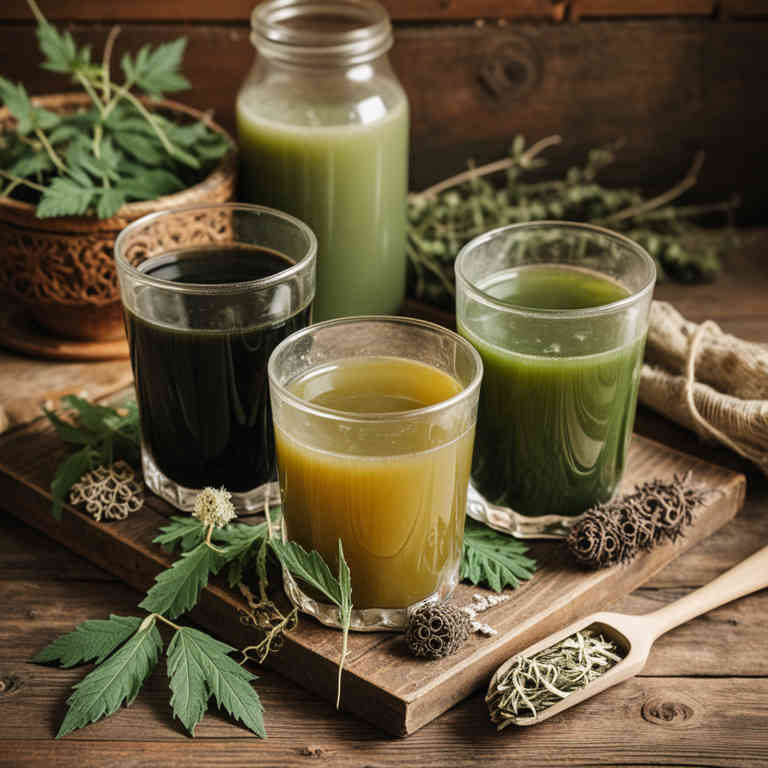
Piper nigrum, commonly known as black pepper, is often used in herbal juices to alleviate menstrual cramps due to its warming properties and ability to improve circulation.
The essential oils and compounds in black pepper, such as piperine, may help reduce uterine spasms and ease pain by enhancing blood flow to the pelvic region. When combined with other herbs like ginger or turmeric, black pepper can create a synergistic effect that further supports digestive and hormonal balance. Herbal juices made with black pepper are typically consumed in small amounts to avoid excessive heat or irritation.
While generally safe, it is advisable to consult a healthcare provider before using black pepper-based remedies, especially for those with sensitive stomachs or existing medical conditions.
9. Silybum marianum
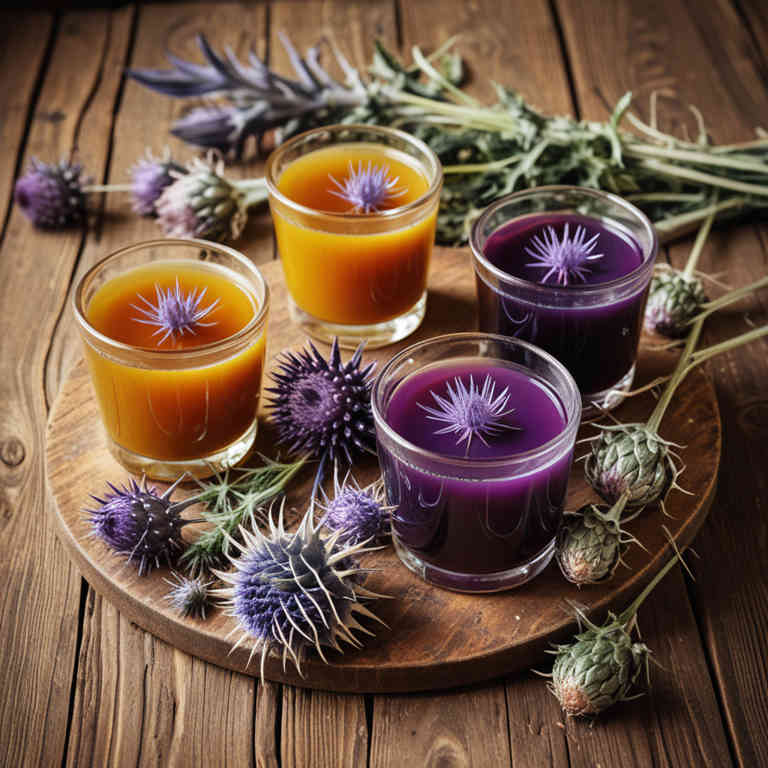
Silybum marianum, also known as milk thistle, is a herbal plant commonly used to support liver health, but it has also been explored for its potential benefits in alleviating menstrual cramps.
Some studies suggest that the active compound silymarin in milk thistle may have anti-inflammatory and antioxidant properties that could help reduce uterine inflammation and muscle spasms associated with cramps. While it is not a primary treatment for menstrual pain, it may be used as a complementary remedy when combined with other natural or medical treatments. Herbal juices made from silybum marianum are often consumed in small doses to harness these potential benefits, though more research is needed to confirm their effectiveness for cramps.
As with any herbal supplement, it is important to consult with a healthcare provider before use, especially for individuals with existing medical conditions or those taking medications.
10. Nymphaea alba

Nymphaea alba, commonly known as the white water lily, has been traditionally used in herbal medicine for its potential benefits in alleviating menstrual cramps.
The plant contains compounds such as alkaloids and flavonoids, which may help reduce inflammation and muscle spasms associated with cramps. Herbal juices made from Nymphaea alba are often prepared by extracting the leaves and flowers, which are rich in antioxidants and essential nutrients. These juices are believed to support hormonal balance and ease discomfort during menstruation.
However, it is important to consult a healthcare professional before using Nymphaea alba for medicinal purposes, as individual reactions and interactions with other medications can vary.